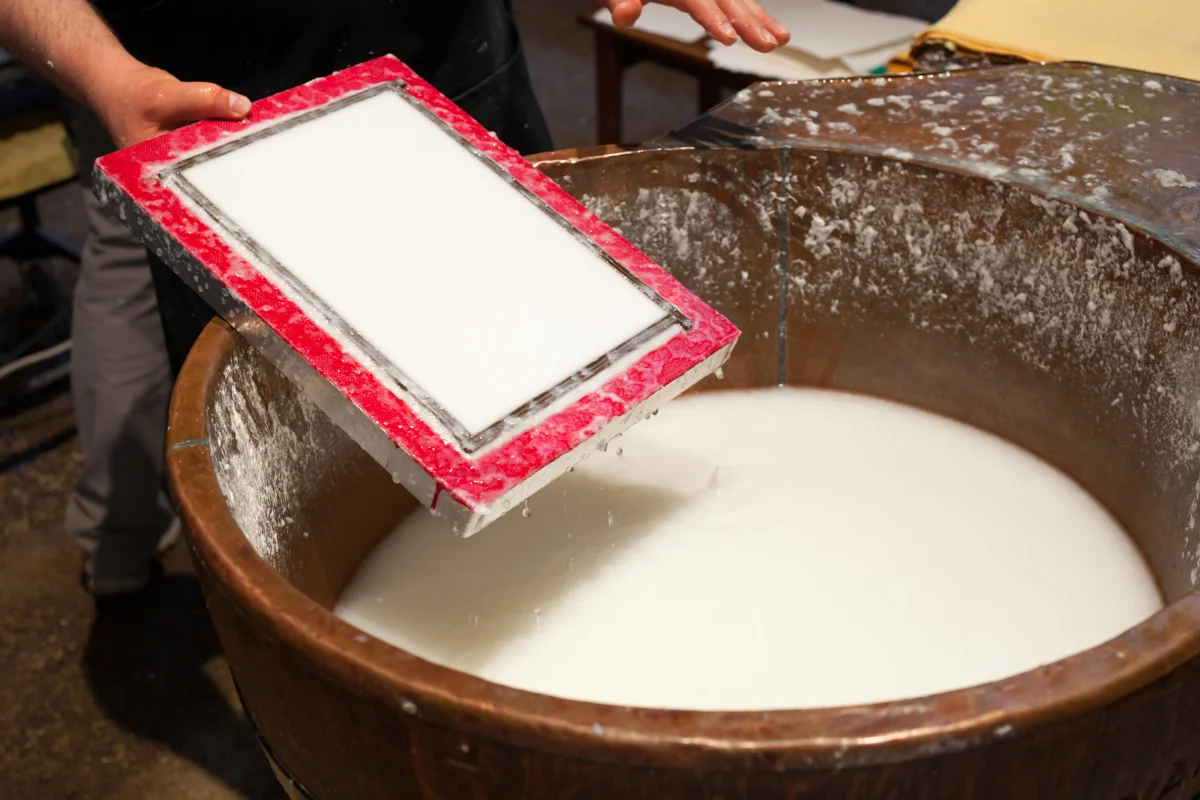Paper pulp stands as the cornerstone of the papermaking industry, a versatile material derived from plant fibers that forms the basis for a myriad of paper products. From the pages of a book to the packaging that cradles our everyday products, paper pulp plays an essential role in our daily lives. This comprehensive guide delves into the fascinating world of paper pulp, exploring its origins, production processes, and the significant role it plays in the global paper industry.
The Essence of Paper Pulp
At its core, paper pulp is a fibrous material obtained from plant sources. Primarily made from wood, it can also come from recycled paper and other fibrous materials like cotton and hemp. The journey of transforming these raw materials into pulp involves various mechanical and chemical processes aimed at breaking down the fibers to create a slurry suitable for papermaking.
The Journey of Pulp: From Tree to Paper
The transformation of raw materials into pulp material encompasses a series of sophisticated procedures. Mechanical pulping and chemical pulping represent the two primary methods, each with its unique approach to extracting fibers. Mechanical pulping involves grinding wood logs against a stone to liberate the fibers, while chemical pulping dissolves the lignin that binds wood fibers together, resulting in a higher quality pulp known as kraft pulp.
Diverse Sources, Versatile Uses
Paper pulp is not a one-size-fits-all material. Varieties such as softwood and hardwood pulp cater to different needs, influenced by fiber characteristics like length and strength. These variations make pulp suitable for a wide range of products, from robust cardboard for packaging to delicate tissue paper for hygienic use.
Innovation and Sustainability in Pulp Production
The paper industry is at a crossroads, facing the challenge of balancing production with environmental sustainability. Innovations like biodegradable pulp and nano-cellulose are paving the way for more eco-friendly paper products. Moreover, the shift towards sustainable pulp production practices highlights the industry’s commitment to minimizing environmental impact, emphasizing recycling and responsible sourcing.
Pulp in the Modern World: Trends and Challenges
As we advance, the demand for paper products continues to evolve. The rise in recycling has significantly impacted the industry, with an increasing number of paper mills turning to recycled pulp to meet environmental standards and consumer expectations. This shift not only addresses deforestation concerns but also poses challenges in maintaining the quality of paper products.
Conclusion
Paper pulp is the backbone of an industry that weaves through the fabric of our society. Its journey from a humble plant fiber to a ubiquitous material underscores the ingenuity and resilience of the papermaking industry. As we move forward, the continued evolution of pulp production towards greater sustainability and innovation will undoubtedly play a crucial role in shaping the future of paper products.


